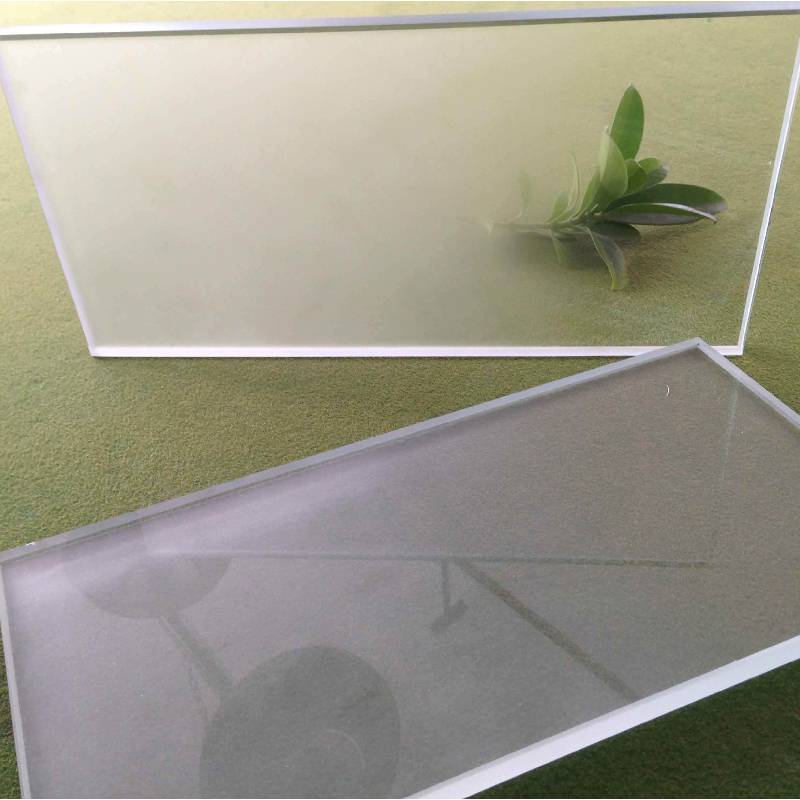

The Allure of Low-E Obscure Glass
In the realm of architectural design and modern building materials, low-e obscure glass has gained significant attention for its unique combination of aesthetics and functionality. This specially treated glass not only enhances the visual appeal of structures but also contributes to energy efficiency, making it an appealing choice for architects and builders alike.
Low-emissivity (low-e) glass is engineered to reflect infrared and ultraviolet light while allowing visible light to pass through. This property significantly minimizes heat transfer, which can lead to improved thermal performance and energy savings in buildings. When combined with an obscure finish, this type of glass offers additional privacy while maintaining natural light, striking a perfect balance between openness and seclusion.
The Allure of Low-E Obscure Glass
Moreover, the use of low-e obscure glass adheres to contemporary trends where transparency and lightness are prioritized in design. Architects are increasingly incorporating large glass panels into their designs, creating open and airy environments. Low-e obscure glass enables designers to maintain these expansive glass surfaces while still addressing privacy concerns. This is especially important in urban settings, where buildings are often in close proximity to one another.

From an environmental perspective, low-e obscure glass contributes to sustainability efforts. By reducing the need for artificial lighting and minimizing heating and cooling costs, it lowers a building’s carbon footprint. As energy efficiency becomes a more pressing issue globally, materials like low-e obscure glass play a vital role in green building initiatives. It not only meets the functional expectations of modern construction but also aligns with goals for sustainable living.
In addition to residential uses, commercial applications of low-e obscure glass are burgeoning, particularly in offices and retail environments. It allows companies to foster a sense of openness and collaboration while providing areas for focused work or confidential meetings. The use of this glass can enhance employee comfort and productivity, aligning with the modern understanding of work environments as more than just functional spaces.
The aesthetic appeal of low-e obscure glass can also elevate the architectural language of a building. By incorporating varying degrees of transparency and obscurity, architects can play with light, shadow, and texture in captivating ways, creating dynamic visual experiences. This transformative potential allows for innovative design solutions that can define the character of a building.
In conclusion, low-e obscure glass stands at the intersection of form and function, offering a solution that bridges the gap between privacy and light. As society increasingly values efficiency and minimalism in design, this glass type symbolizes a response to contemporary needs, paving the way for beautifully integrated spaces that invite both light and tranquility. Its role in modern architecture is not just about visibility but also about creating environments that enhance our experience of space itself.